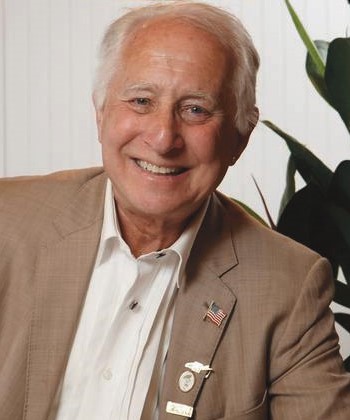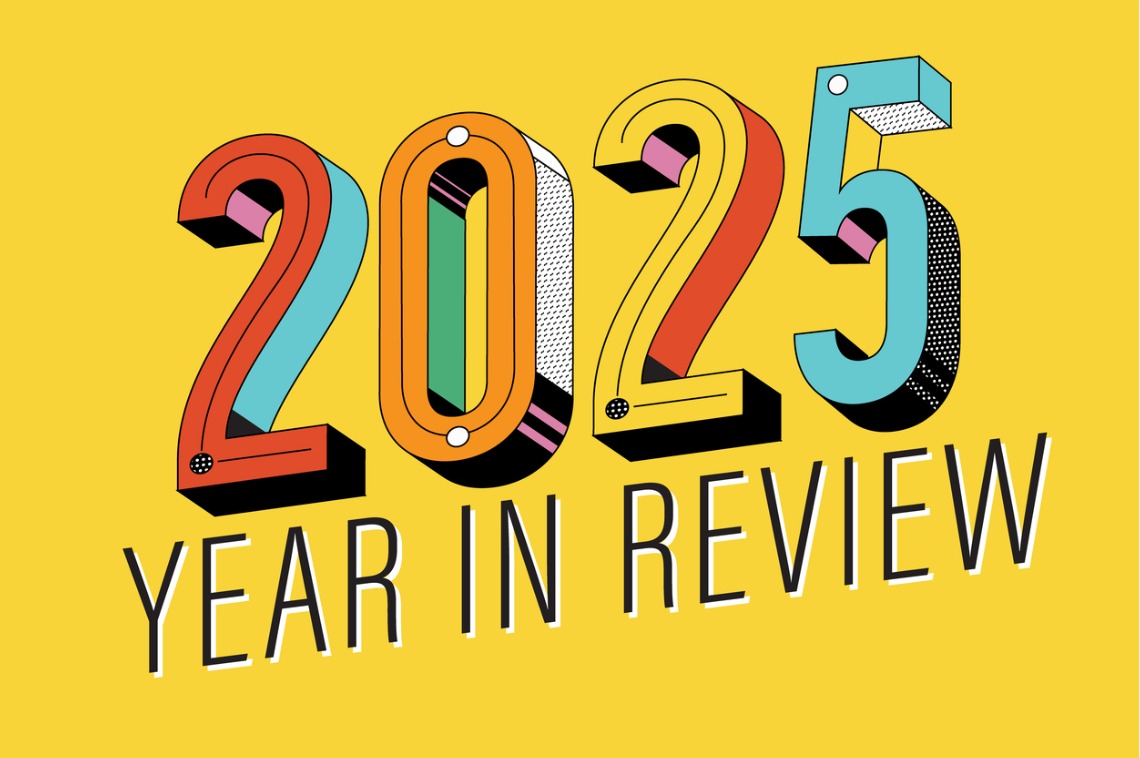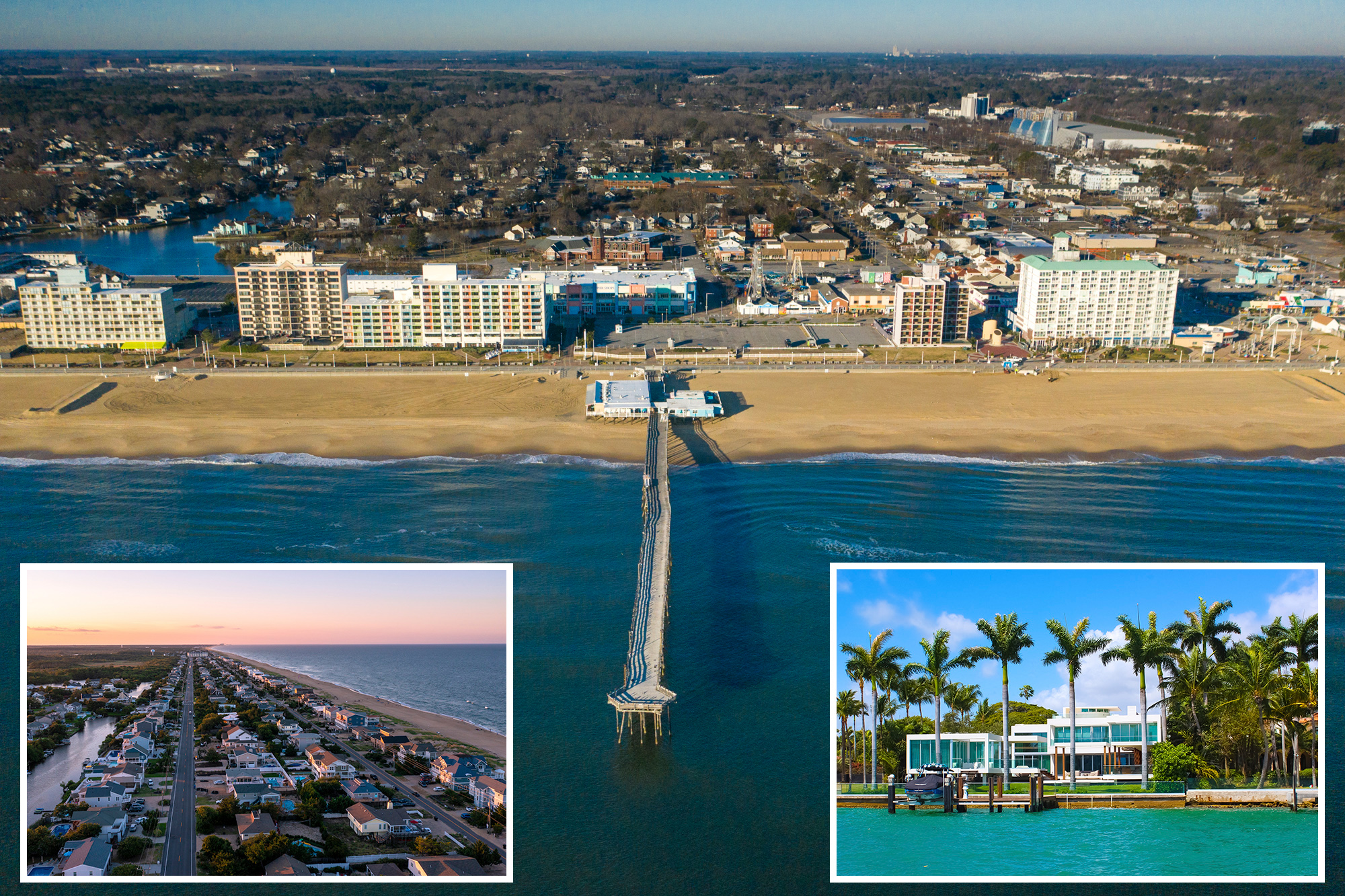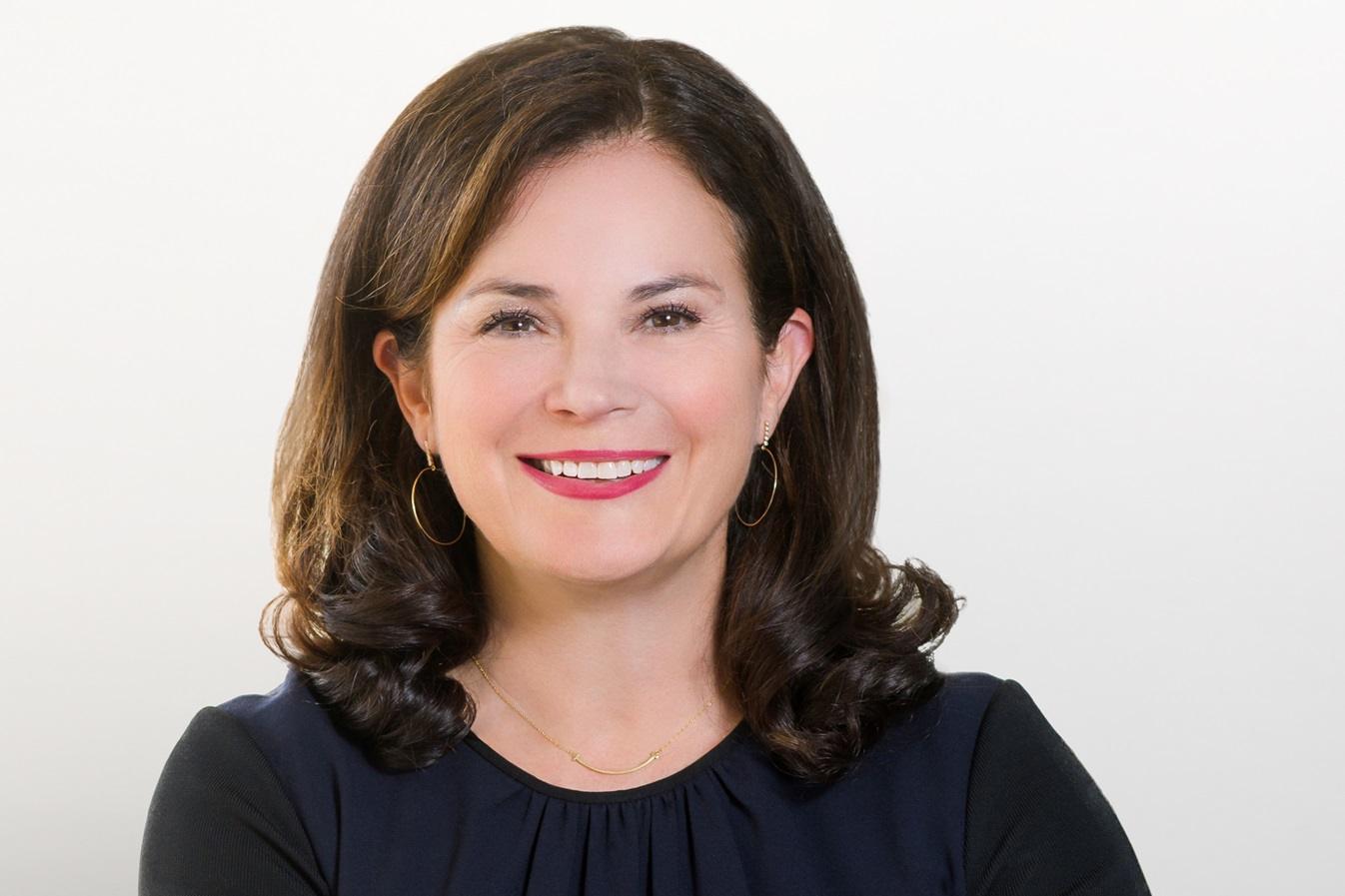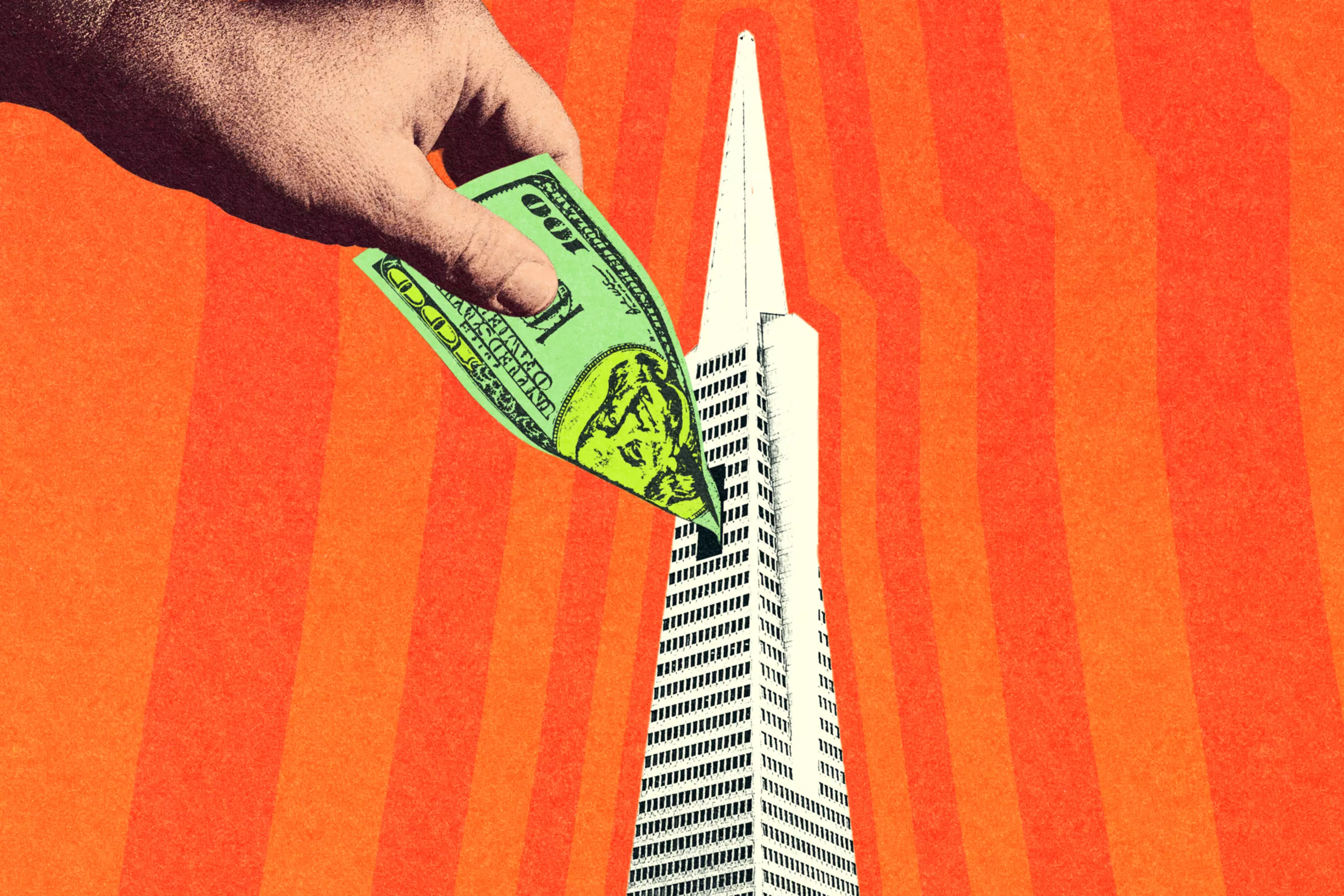H
ere is the rewritten text, condensed by 20%:
Remember when interest rates were as low as 2.5%? The Federal Reserve cut the rate in March and April 2020, reducing it to a range of 0%-0.25%. This allowed banks to lend each other money overnight without cost, keeping our economy from crashing and lowering mortgage costs to historic lows.
The Fed pumped trillions into the economy, providing relief for American families. It purchased $500 billion in treasury securities and $200 billion in government-guaranteed mortgage-backed securities. However, on March 23, 2020, the Fed decided to have open-ended unlimited purchases of those securities.
A total of $13 trillion was created: $5.2 trillion for COVID relief, $4.5 trillion for quantitative easing, and $3 trillion for infrastructure. This caused hyperinflation but was also a necessary evil. Over 65% of homeowners refinanced at the lowest rates in history, saving billions on interest costs.
However, this led to a severe shortage of housing inventory as families and individuals bought homes to escape crowded cities and COVID-19 threats. When supply decreases and demand increases, costs go up – basic economics 101. Locally, high land costs, zoning rules, and permit requirements made lower-priced homes unfeasible on Long Island.
This caused an exodus of families and individuals to other destinations, with New York State losing more people than relocating here. The low inventory is due in part to homeowners not wanting to sell their homes at current interest rates, which are three times higher than the historic lows that enabled so many to save money.
Rates should never have been reduced to such historic lows. We became spoiled, and excessive inflation and demand caused prices to skyrocket. However, many on the lower end of the financial spectrum benefited from the low rates. Unfortunately, oversight was lacking, and fraudulent entities received a significant portion of PPP and EIDL monies.
This has become a major dilemma for housing affordability, causing prices to escalate beyond what anyone anticipated. The loss of people is harming local businesses' bottom lines, and everyday staples have increased in cost due to tariffs. We've created a rental society for future generations, especially those with large student and credit card debt.
In 2025, younger Baby Boomers will have the most available finances to purchase, pushing Gen Xers and older Millennials back into third and fourth place. I don't know how our housing situation can be solved going forward, but something needs to be figured out to prevent this from becoming a lost opportunity for future generations to build wealth.
